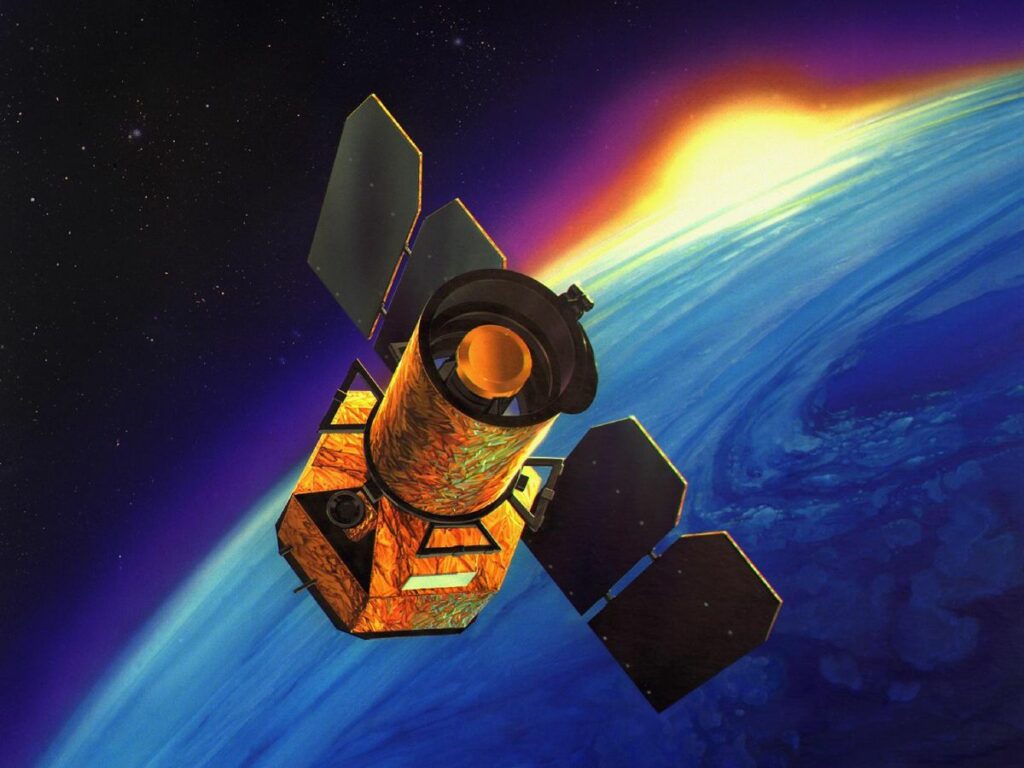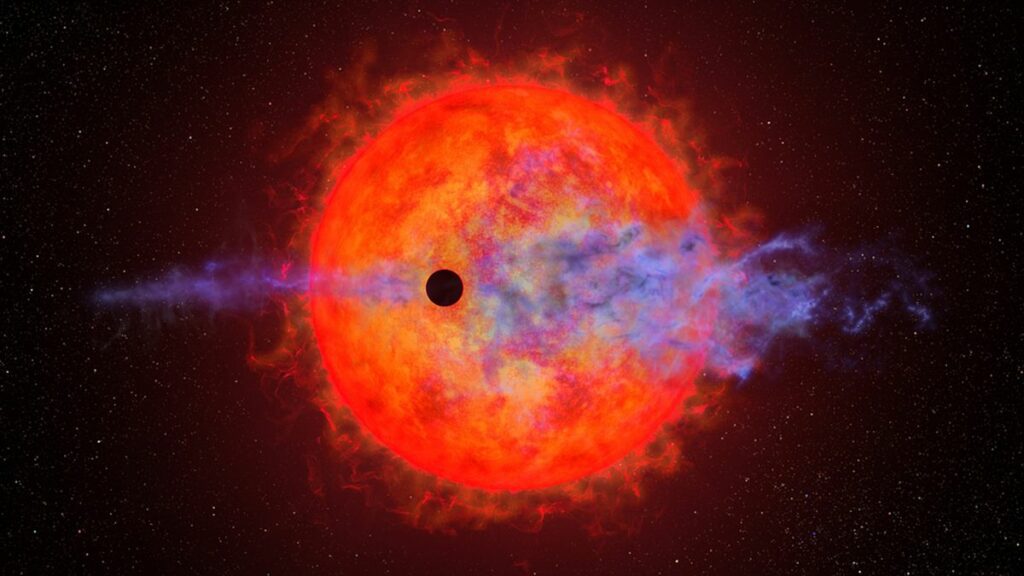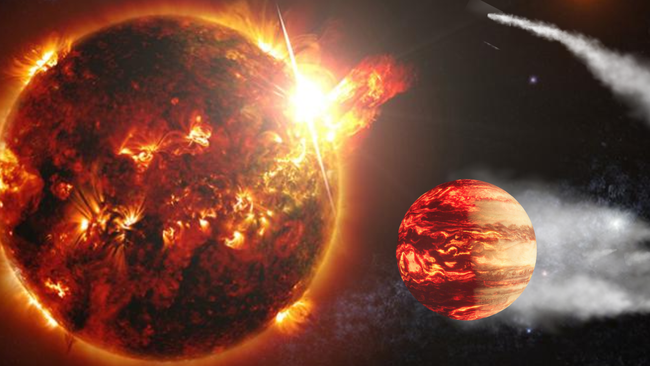Planets Orbiting the Milky Way’s Most Common Stars Are Less Habitable Than Previously Believed, Says Data from Defunct NASA Telescope
It’s a minefield out there! Especially around stars smaller than the sun.
What’s more, the Milky Way’s most prevalent stars could actually be even less hospitable to life than we thought.
New studies show that red dwarfs, which are smaller and less massive than our sun, may spew blazing UV radiation flares that greatly reduce the planets’ livability.
A group of researchers came up with this conclusion upon using data from NASA’s discontinued Galaxy Evolution Explorer (GALEX) mission. GALEX started its mission in April 2003 and began its all-sky survey in UV light, in search of flares from about 300 000 nearby stars till it was turned off in 2013.
This means that these damaging flares may be more common than was formerly thought, according to their research. It was previously believed that only a handful of stars emitted sufficient UV radiation through flares to affect the climate of exoplanets — yet, according to the new study, many more stars are capable of this.
The team noticed that GALEX archival data can reveal new information about red dwarfs with the help of the modern computer techniques.
“By coupling today’s computing capabilities with observations made decades ago, we managed to look for flares in thousands of nearby stars,” added Ohio State University’s Michael Tucker.

In particular it has been known that UV radiation emitted by stars is highly dangerous for life as it can either erode a planetary atmosphere or disrupt complex biomolecules.
However, this new research presents new information and questions the existing knowledge on the habitability of exoplanet, that probably current models of the flares are dangerous underestimated. It turns out that far-UV emission from these flares is 3-12 times higher than previously possible.
”If you have seen Anchorage, Alaska, in summer get the same dose of UV radiation as you get in Honolulu without protection your skin can fry in less than ten minutes,”_Shappee of the University of Hawaii said.

This study has helped reclassify the environments of stars less massive than our sun, which produce little UV radiation beyond that of rare flares,” says the study’s first author, Jason Hinkle, a PhD student at the University of Hawaii.
The team remains uncor for the cause of flare emissions that are unusually powerful in UV but they assume that they could b concentrated at selected wavelengths. Since the elements IR-absorbs and emits light at different wavelengths, this factor may confirm the existence of the carbon and nitrogen atoms in the sample.
Again, Berger pointed out more data from ST and other space-based telescopes will be required to determine the source of UV radiation in these red dwarfs flares.
“As with all Scientific research, our study points towards the need for more research regarding stellar flaring activity and its effects on Exoplanetary systems,” Berger noted. UV spectra of stars will be necessary to obtain them with the help of space telescopes to explain the sources of these emissions.
The team’s research was published in the journal Monthly Notices of the Royal Astronomical Society.
Do not forget to share your opinion with us to provide you with the best posts !




0 Comments